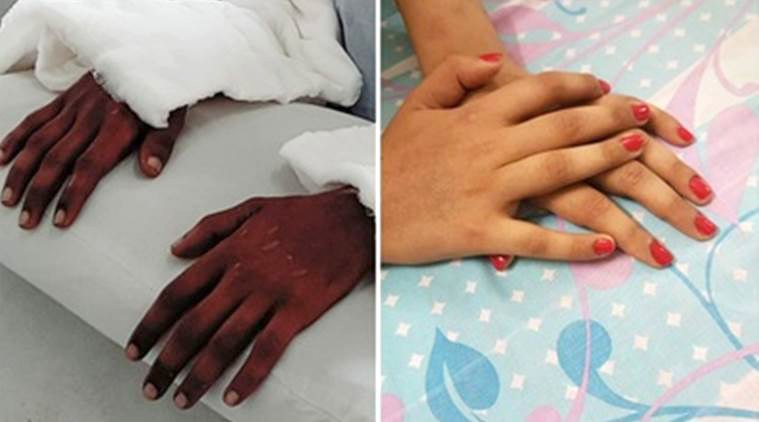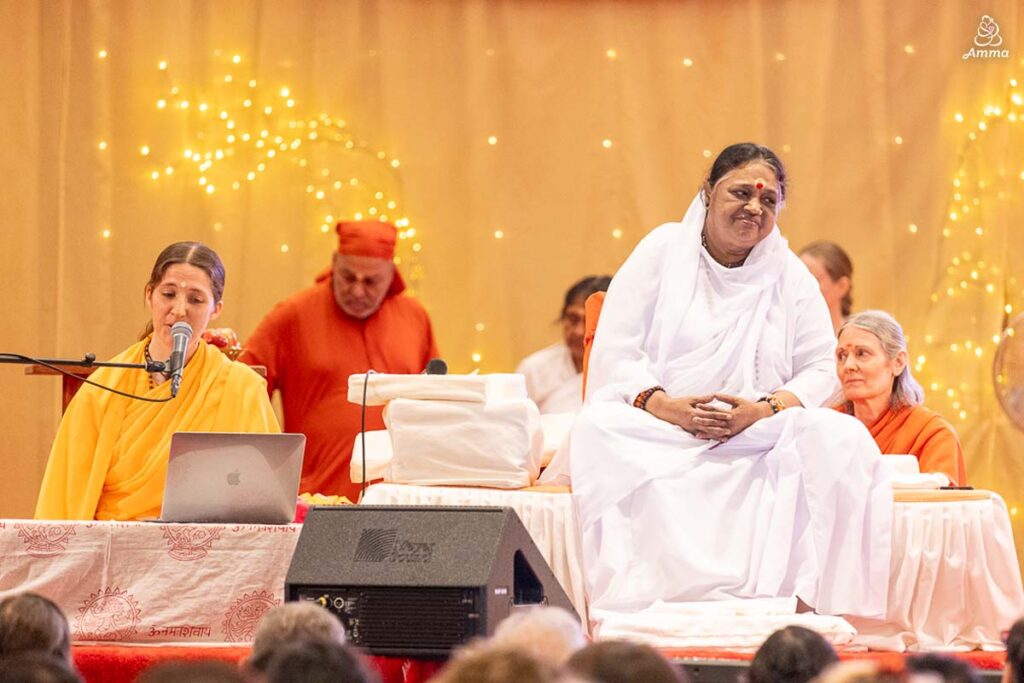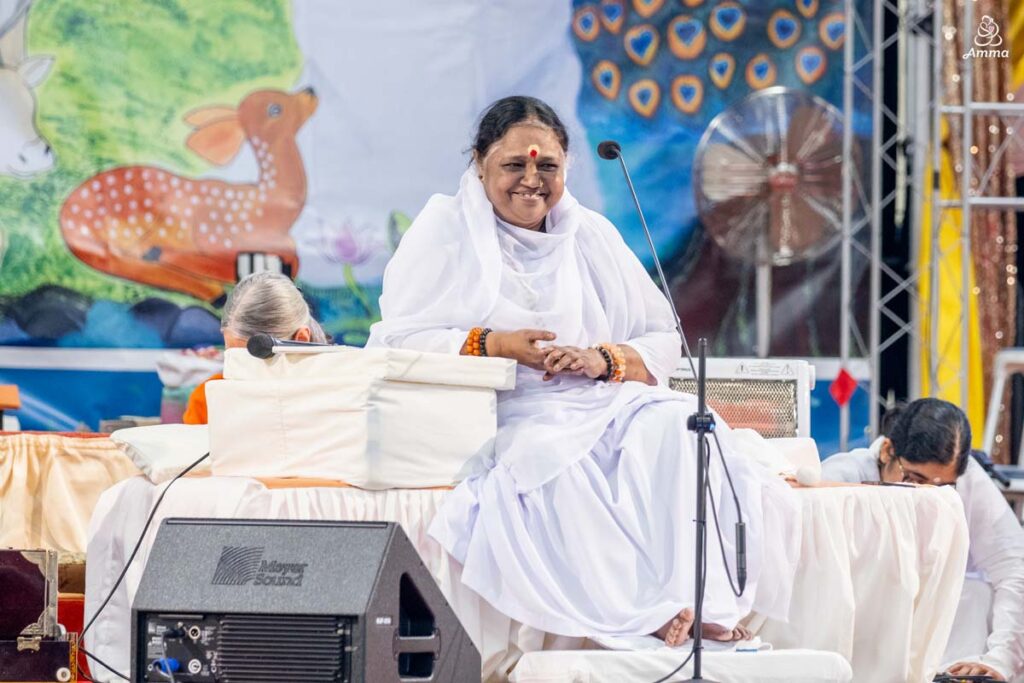“Sometimes good things fall apart so that better things can fall together”
This was the first sentence Shreya Siddanagowder wrote in her notebook a year
after her double-hand transplant from Amrita Hospital in Kochi. Today, her handwriting almost matches her original, but what has left doctors surprised is how the colour of Shreya’s hands, which once belonged to a 20-year-old man from Kerala until his death in August 9, 2017, had changed to match the rest of her skin tone.
Back in September 2016, while travelling from her hometown in Pune to Manipal Institute of Technology in Karnataka, Shreya met with a bus accident that forced the amputation of both hands.
A year later, she visited Amrita Hospital in Kochi as it was the only centre in Asia that had conducted a series of successful hand transplants. And at the time, there were over 200 enquiries by amputees, some from as far as Afghanistan, Malaysia and Bangladesh. Shreya says she met an Afghan national who had been waiting one year for a donor.
Hand donations are rare because very few families are willing to donate these limbs. They are afraid of disfiguration of the body from removing them, even though a prosthetic limb is fit to the donor’s body.
“The transplant coordinator said it could take months for a donor to come. We returned to our hotel without any hope. An hour later, the hospital called us back for urgent blood tests,” Shreya was quoted saying. Miraculously, the doctors found a donor for her on the same day. Sachin, a bachelor of commerce student, had been declared brain dead that day and his family had agreed to donate his organs including his hands. And, as Shreya’s blood type was compatible with Sachin, she underwent the double-hand transplant. It took over 13 hours and a team of 20 surgeons and 16 anesthesia specialists to successfully attach the hands to Shreya’s body.



Following the surgery, Shreya underwent intensive physiotherapy in Kochi for one and half years. The peripheral nerves took time to develop, and the sensation grew by 1-2 mm every day. “The hand felt heavy, it was bulky initially,” she said.
One of the first changes was reduction in the weight of the hand transplants; as the extra fat slowly dissolved to match her leaner upper limb. Shreya’s mother, Suma, had noticed that her fingers were becoming leaner. “I see her hand every day. The fingers have become like a woman’s; the wrist is smaller. These are remarkable changes,” she said.
Dr Subramania Iyer, head of plastic and reconstructive surgery at Amrita Hospital said that they never anticipated such changes. “This is our first case of male-to-female hand transplants. We can only guess that female hormones have led to the change but assessing the exact cause is difficult,” he added.
As Shreya’s hands started matching her skin tone, doctors were surprised as no scientific evidence exists to record changes in skin tone or shape of the hand. This has inspired the surgeons at Amrita Hospital in Kochi to continue researching how the colour of Shreya’s hands have changed to match the rest of her skin tone. Plastic surgeon, Dr Mohit Sharma , who was part of the team that conducted the transplant for Shreya, says there is limited research for between gender hand transplants.
“There was one female-to-male hand transplant abroad but there has been no scientific research into what happens after the surgery. The science is that in one year or so, the lymphatic channel between the donor’s hand and the host’s body opens up completely to allow the flow of fluids. It is possible the Melanin-producing cells slowly replace the donor’s cells and that can lead to the change,” he says.
Melanin is a pigment that is responsible for skin colour. The more Melanin, the darker the skin colour, and doctors believe Shreya’s body produces less Melanin.
“I don’t know how the transformation occurred. But it feels like my own hands now. The skin colour was very dark after the transplant, not that it was ever my concern, but now it matches my tone,” Shreya said. While her finger muscles are yet to function fully, the 21-year-old still leads a normal social life. She is also pursuing a Bachelor of Arts in Economics and writes her exams with her own hand.





